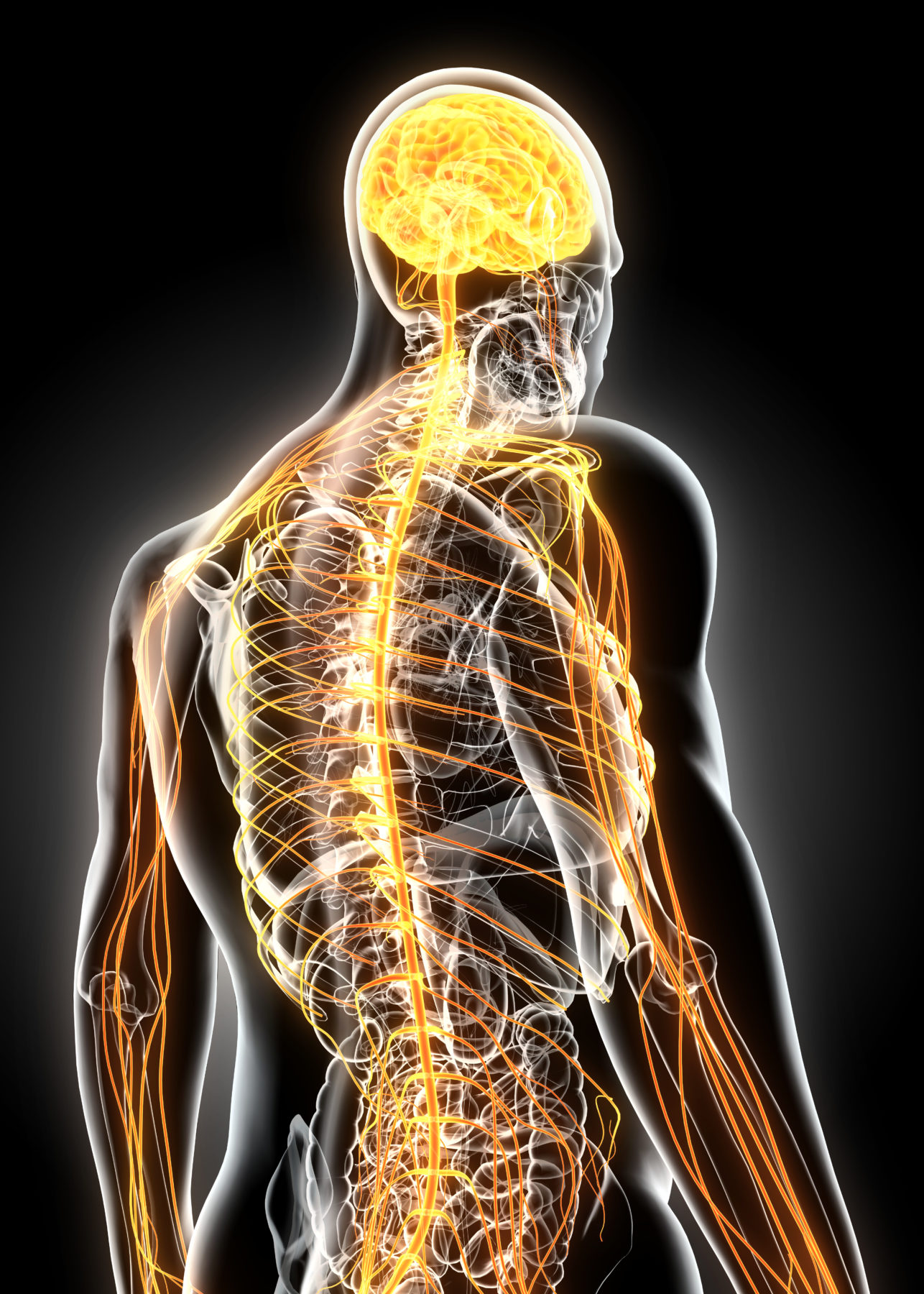Almost all indications in the musculoskeletal system can be effectively treated with Laserneedle therapy. Its effect is based on the principle of photobiomodulation (PBM)Laserneedle therapy has:
- anti-edematous
- anti-inflammatory
- analgesic
- cell proliferating
The combination of these four modes of action distinguishes photobiomodulation from other therapies.
GENERAL INDICATIONS
- Arthritis and arthrosis
- Tendopathies
- Sprains and bruises
- Muscle injuries
- Fractures
- Nerve injuries
- Post-operative therapies / rehabilitation
SPECIFIC INDICATIONS
- Gonarthrosis
- Polyarthrosis
- Patellofemoral pain syndrome
- Achillodynia
- Epicondylitis
- Impingement Syndrome
- Frozen Shoulder
- Ligament injury
- Muscle fiber tear
- Carpal Tunnel Syndrome (KTS)
- Bursitis
- Bone edema
LASERNEEDLE TREATMENT
LASERNEEDLE technology allows targeted and precise irradiation, e.g. of the joint space, as well as two-dimensional therapy, e.g. of muscle injuries. Due to the high depth of action, even deeper regions are reached, where the healing effect can unfold in the tissue. Irradiation can be applied from several sides at the same time, thus allowing uniform treatment of the affected area.
During the therapy, the doctor or therapist does not have to be present and can devote his attention to the next patient, for example. A few treatments are enough to relieve swelling, pain and inflammation and improve mobility.
LASERNEEDLE IN COMBINATION THERAPY
Except in monotherapy, LASERNEEDLE Touch can be used advantageously for combination therapies. In musculoskeletal indications, especially tendopathies and muscular dysfunctions, the combined use with shock wave is particularly promising.
Furthermore, the use of LASERNEEDLE Touch in combination with infiltrations of PRP, Traumeel, etc. is useful. Also the combination of acupuncture and irradiation by the laser light is considered to have a very good effect. In addition, the use of the LASERNEEDLE Touch after osteopathic treatment shows an improved result.



